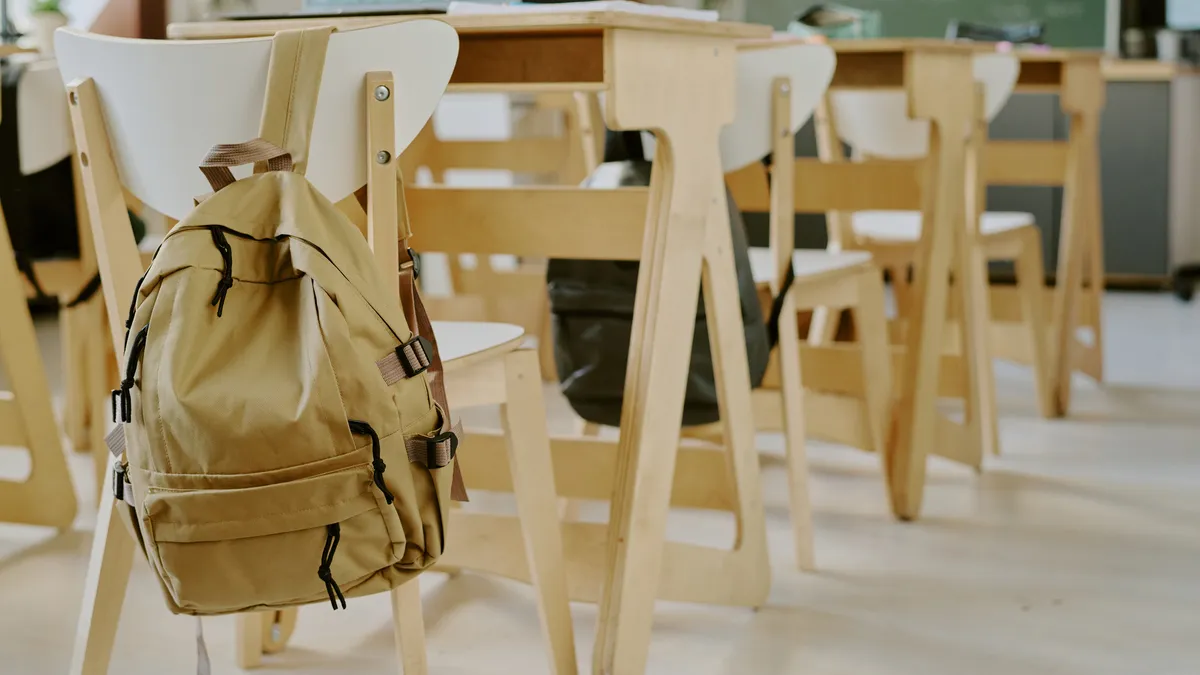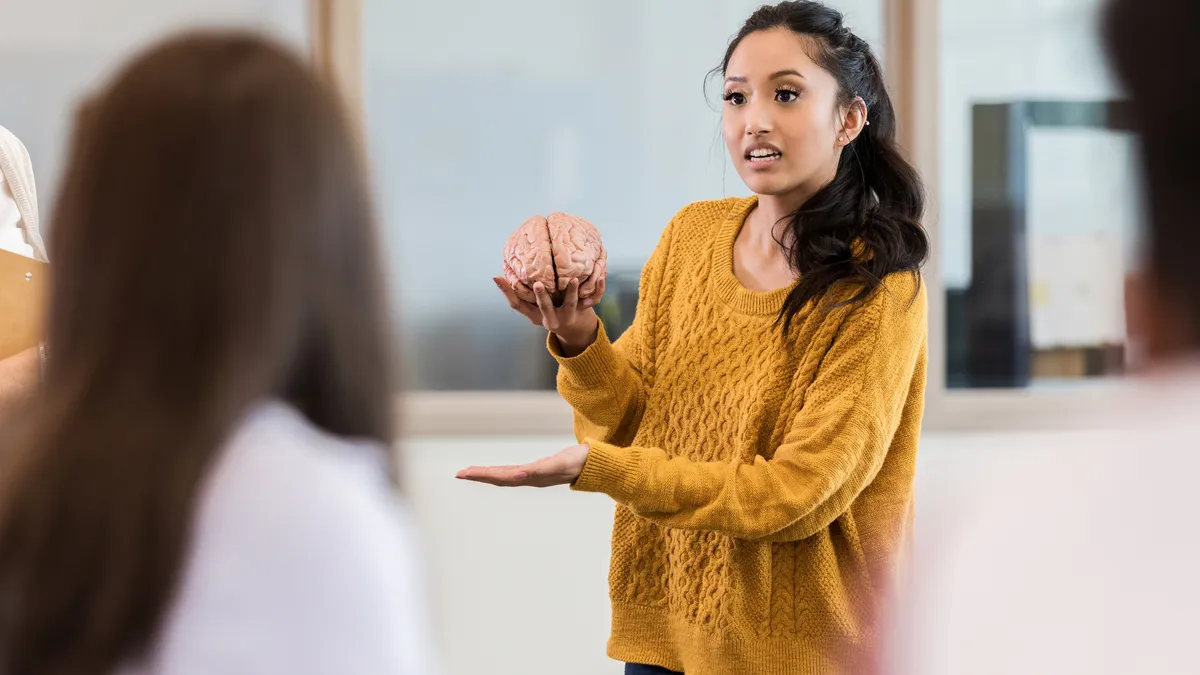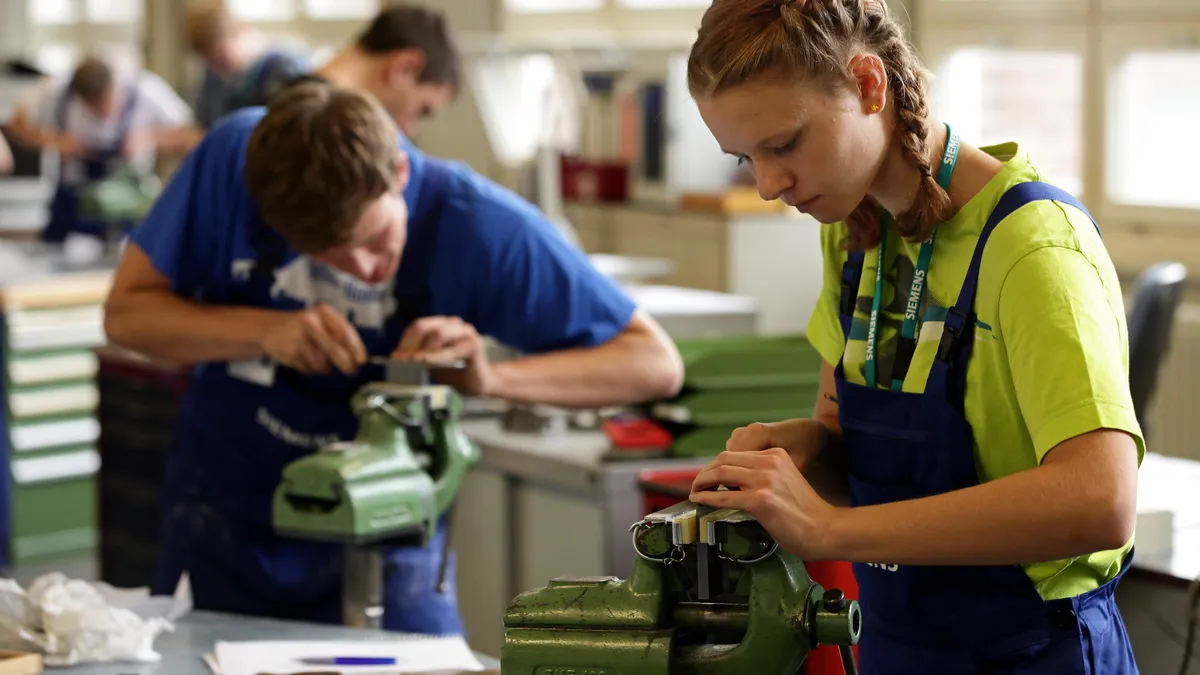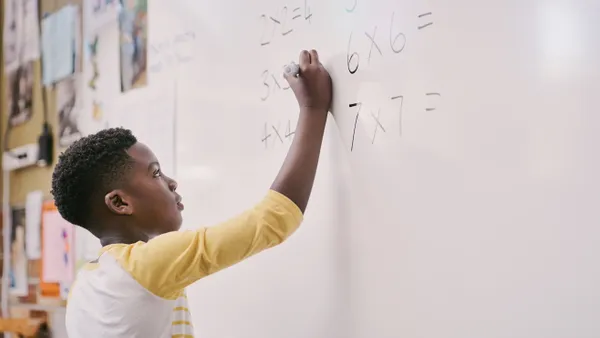When she taught kindergarten, Guadalupe Chavez was assigned a classroom where children were bilingual in English and Spanish, but some only spoke one language or the other. Her instructions were to assign different classroom work to different children based on language needs.
The students, she said, rebelled — vocally.
Chavez heard them, began to translate class assignments, and also bought books in both languages — including science texts. And then she included the children in the decisions she made in the class when those choices affected them. Quickly, she saw a shift in their reactions to assignments.
“I did a lot of translating, but it was so worth it,” said Chavez, who now teaches 1st grade at Cedar Creek Elementary School in Texas. “Not to brag, but my class became the chosen class. Parents wanted their children in my class because the students were excited to go to school.”
Teachers listen to students all day long. But hearing what children have to say and then folding those ideas into curriculum requires a different skill set. And experts say empowering students to have a say in their own learning, and in how the curriculum and educational system is structured, does more than give them an opportunity to be heard — it empowers them for their futures.
For educators looking to put this practice into play, experts recommend a handful of strategies.
Set expectations and be clear
Chavez explained to students when they would be able to influence change in the classroom and when things were "non negotiable." Always, though, she challenged them to ask questions and then reflect on their options and decisions.
She said the children were great at expressing themselves, calling them “honesty gauges” who were always vocal about when they didn’t like something.
Though some may wonder if kindergartners are too young to understand this process, Chavez noticed that the students immediately responded to her as she adopted this line of communication. And she has continued to put the same practice into play with her 1st graders.
“Once they believed and trusted that their voices mattered, their opinions and ideas flowed,” Chavez said. “It was a tangible change too, not just academically. Teachers noticed the confidence in my students, the happy parents, the positive behavior.”
Involve struggling students
Dana Mitra, a professor of education policy studies at Pennsylvania State University’s College of Education suggests that the most effective educators make curriculum changes that come from students and that they must involve and prioritize students who are struggling.
For those who are succeeding at school, the educational process is already working, for the most part. But the opinions and insight from those having a harder time can help strengthen the learning process for everyone in the class.
“It’s most powerful to involve struggling students and hear what they’re struggling with,” said Mitra, who also co-directs the Donald J. Willower Center for the Study of Leadership and Ethics. “They become more attached and engaged in schools because they’re being heard and respected."
Mitra noted, however, that students may need some practice in order to express their needs in the way educators understand. For example, for those students who find worksheets difficult, they may be better heard if they can tell a teacher they’re an auditory learner.
When students and teachers partner effectively, however, Mitra believes students feel more agency; develop greater connections to their peers, teachers and school; and often end up with better academic outcomes. She noted that weaving a student’s voice into decisions — from the curriculum to even the structure of a school — doesn't dilute an educator’s role, but actually strengthens it.
“Including [a student’s] voice impacts the implementation of what a school will look like and also dramatically changes what happens in a classroom and allows space for that,” she said. “Where student voice doesn’t thrive is also where teachers don’t thrive, as well.”
Build trust
For students and teachers to hear each other requires an element of trust between both groups, said Gretchen Brion-Meisels, a lecturer in the Harvard Graduate School of Education's Prevention Science and Practice Program.
Traditionally, educators have been inclined to think young people don't know what’s good for them while adults are the ones with the expertise. To listen to what students have to say and weigh their voices as equally as the adults involved requires not just carving out the time, but readjusting how the two parties view each other, she said.
“To operate, you have to build trust and relationships where multiple voices are heard,” Brion-Meisels said. “You have to build relationship skills, and have to build an understanding of structural inequalities.”
These skills also dovetail with 21st century learning tools, which tap into social-emotional learning (SEL) and include, as Brion-Meisels said, relationship skills, responsible decision-making, self-management and self- and social-awareness. All contribute to helping students develop a “growth mindset,” according to the Collaborative for Academic, Social and Emotional Learning.
Brion-Meisels said when students are more involved in how their learning is designed at school, and also how their community is shaped where they live, they grow.
“Evidence suggests certainly for adolescents, that when you allow children to have a sense of agency, their feelings of relevance and belonging increases, and their motivation increases,” she said.
Chavez would agree. She knows by working in partnership with her own students, they’ve taken more responsibility for their own learning and found the inspiration to push themselves perhaps even further than they knew they could.
“When educators simply teach, it is us setting the base, it is us feeding them the information, and to some level it is us telling them how to think,” she said. “But when we truly listen, incorporate and value their voices the metamorphosis is substantial. Maybe not all make considerable strides, but even the child that is struggling stops saying, ‘I can’t.’ I had a little one tell me, ‘It’s hard, but OK, I’ll try.’ That is significant.”


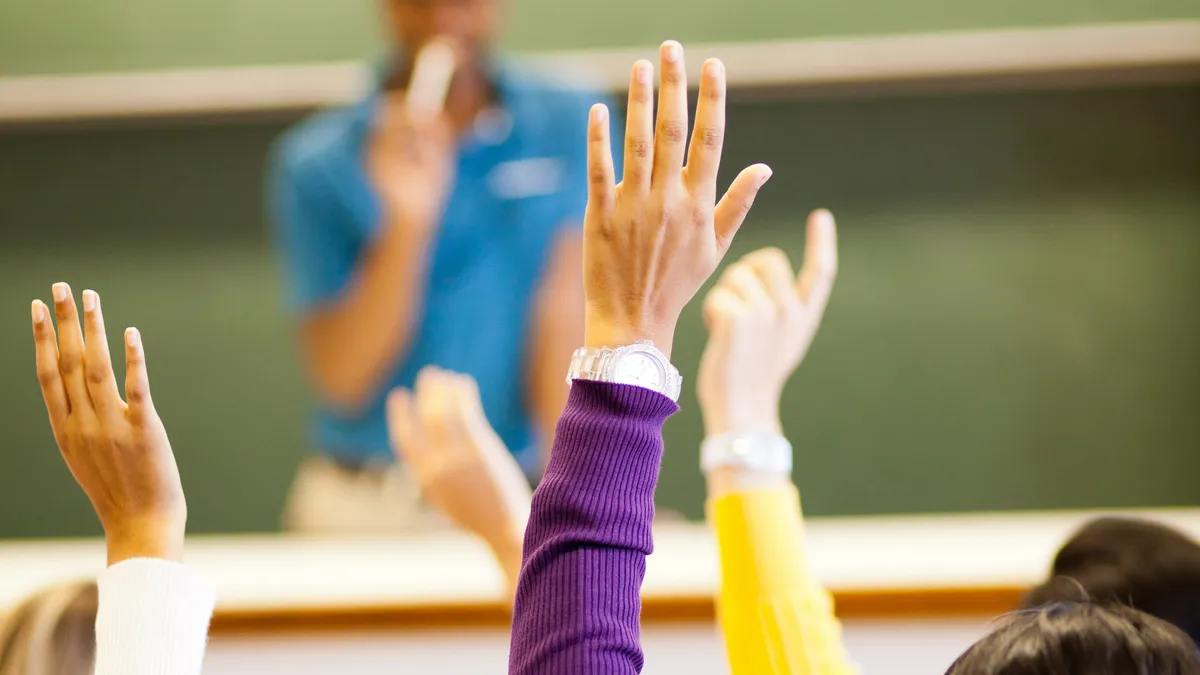



 Dive Awards
Dive Awards



